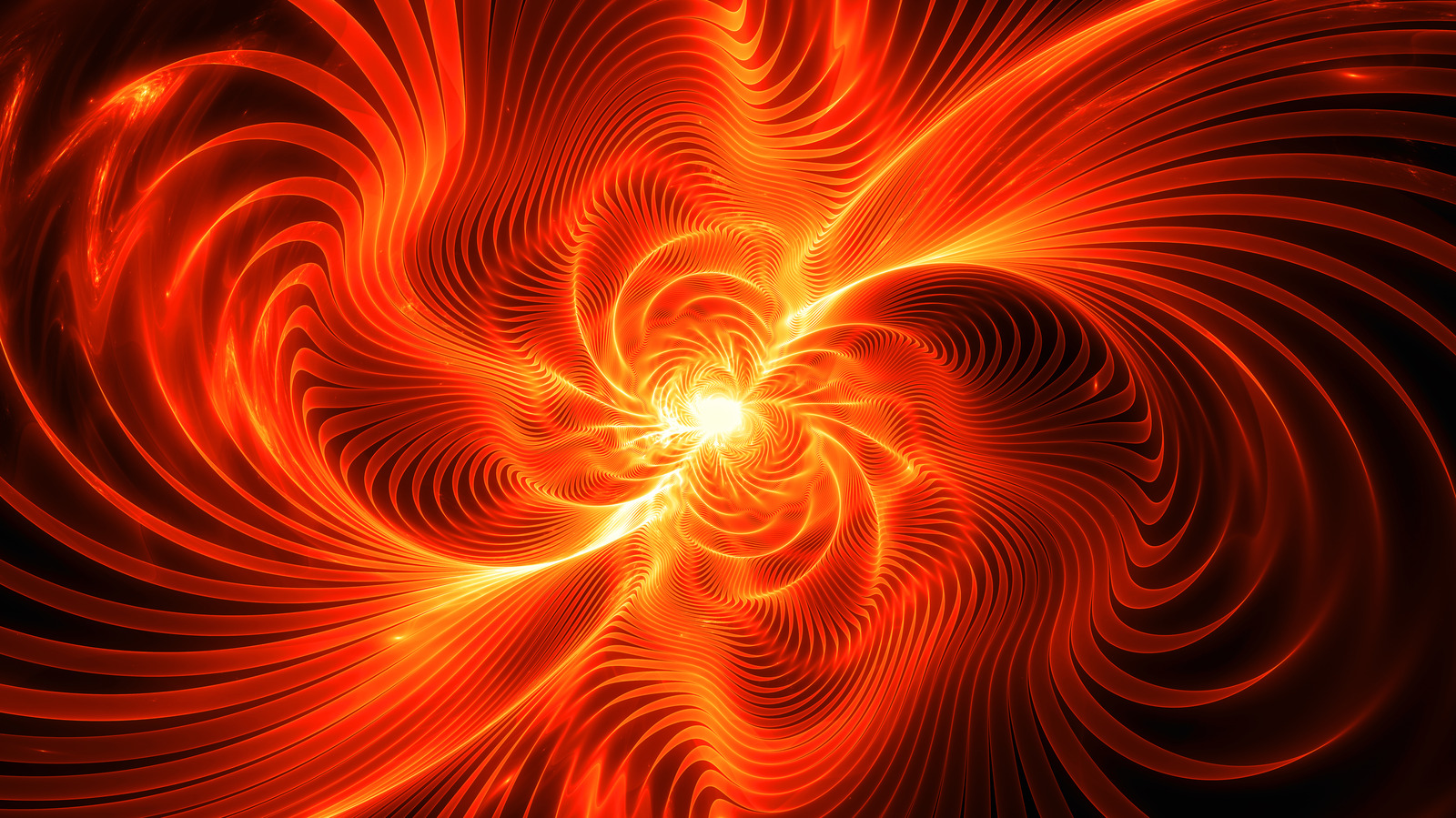
It’s hard to wrap your head around the size of any celestial object, let alone a supermassive black hole, but let’s give it a shot. As a starting point, the sun is big enough to hold over a million Earths within its volume (via Business Insider). According to a press release from the Flatiron Institute — which participated in the research — one of the supermassive black holes they observed is 125 million times more massive than our sun. And that’s the smaller one. The second is over 200 million times more massive.
The scientists suggested that these findings might mean there are many more of these pairings of collision-destined supermassive black holes throughout the universe than previously believed. Black holes were already known to collide and merge, and this was true for the supermassive variety too. When these collisions occur, they’re violent enough to send shockwaves rippling through the fabric of spacetime itself in the form of gravitational waves, which scientists have only just begun to learn how to detect.
Learning more about what happens when supermassive black holes collide could provide insights not only into the history and evolution of the universe but also provide clues as to its future. After all, it’ll only be a few billion years until our own Milky Way galaxy merges with Andromeda, and if humans are still around to watch those two supermassive black holes collide, it would be nice to know where the best seats will be.
Stay connected with us on social media platform for instant update click here to join our Twitter, & Facebook
We are now on Telegram. Click here to join our channel (@TechiUpdate) and stay updated with the latest Technology headlines.
For all the latest Automobiles News Click Here
